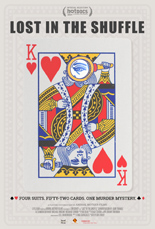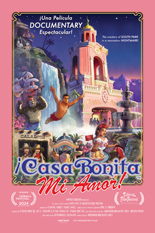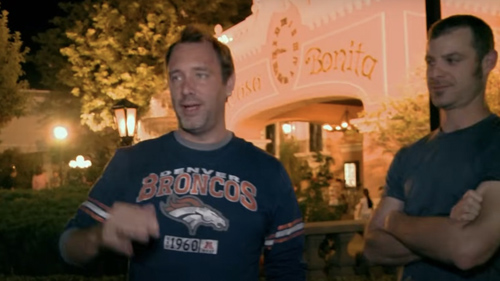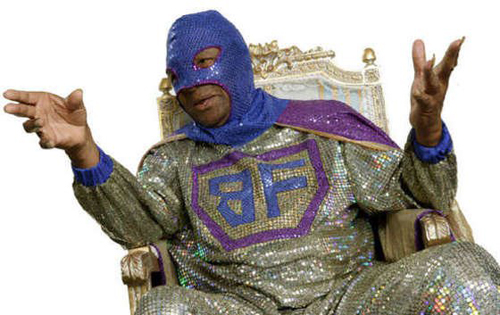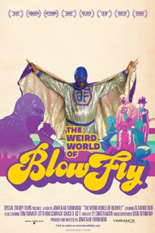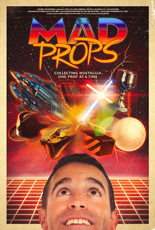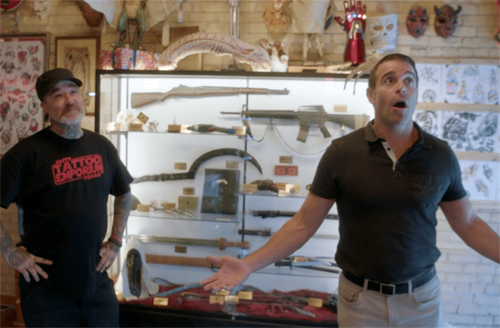
Caveat emptor time, kids. The sports documentary Pay Dirt: The Story of Supercross should be subtitled Some Stories of Supercross in No Particular Order. After priming the pump with an adrenaline-edited prologue of defied gravity and severed spinal cords, Paul Taublieb’s feature goes into scattered mode, leaping from subject to subject like a dog who’s just had a dozen squeak toys thrown its way.
Want to know how the dirtbike arena competition started? Well, first, we watch a profile of Jimmy Button, a champion who bounced back from paralysis — inspiring, but wholly out of place; given its emotional weight, it arguably would work best at the other end. The whole movie is like that. With each title card rebooting the narrative starting line, the experience is like watching the full contents of a YouTube channel’s playlist.
In quick succession, Pay Dirt’s segments (really documentary shorts) surface-level examine a rivalry among two riders, the amateur kids’ competition at the Loretta Lynn Dude Ranch, another rivalry among two other riders, the dirt on the track, the sport’s version of stage parents, riders without factory sponsors and, buttering its own bread on both sides, Monster Energy’s current sponsorship of Supercross.

As an occasional casual viewer of the X Games and any Olympic event that irks old people, I’m open to this sort of thing. But an ESPN 30 for 30, this is not.
And not for lack of opportunity, as Pay Dirt absolutely chokes when it comes to the single most interesting story: Supercross creator Mike Goodwin being convicted for murdering former business partner Mickey Thompson and the man’s wife. From a prison phone, Goodwin recalls that he “was flabbergasted” and hoped he wouldn’t be blamed. What he doesn’t provide is a reason to believe him. In fact, Taublieb is so unconcerned with the crime, he gives it a minute.
I mean that literally: one minute. To a double homicide. Committed by the guy who started the sport you’re telling the “story” of. Adding insult to fatal injury, the narrator even botches the dead woman’s name as “Judy” instead of “Trudy.”
That narrator? Just one Josh Brolin, whose participation in a project far beneath his Oscar-nominated talents suggests either a big favor or a bet make-good. —Rod Lott
Opening Friday, Jan. 24.


